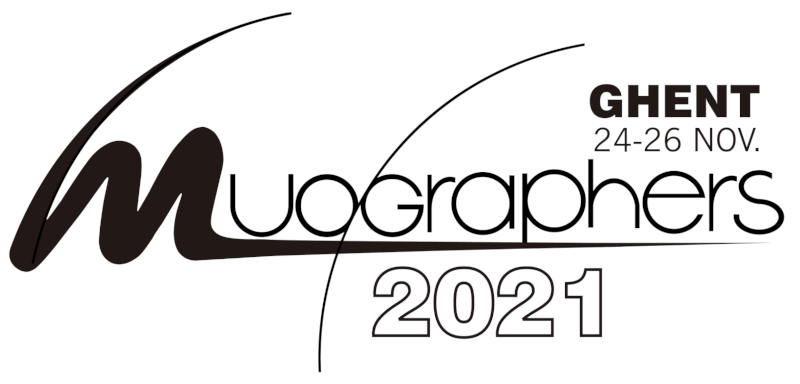Speaker
Description
By taking advantage of our previous experiences in the development of muon detectors, such MuTe project in Colombia and AMIGA in Argentina, our group is developing detectors for muography and multi-purpose applications. Our prototype detectors use different modules of plastic scintillators with embedded optical fibres and 64 channel multi-anode photomultiplier tubes (PMT) with a common dynode, or arrays of Silicon Photomultipliers (SiPM).
In the case of Mudulus, each module is made of 12 scintillator strips of (4x1x100) cm3, and each extreme is connected to one of the PMTs channels. In this case, we can build panels with up to four of these modules. This modular configuration allows changing the panel geometries looking for an adaptive shape or size to the studied object and resulting in a faster or more detailed muography image.
The improvement in performance obtained with Mudulus is achieved by the combination of its modular design and the double synchronised detection at the end of each scintillator bar. We take advantage of the photomultiplier at each end to determine the muon flux using a model to account signal attenuation in each anode, and then determine the position of the incoming muons with a better discrimination and sub-pixel spatial resolution. In this contribution, we present the design, calibration, development and implementation of Mudulus.
